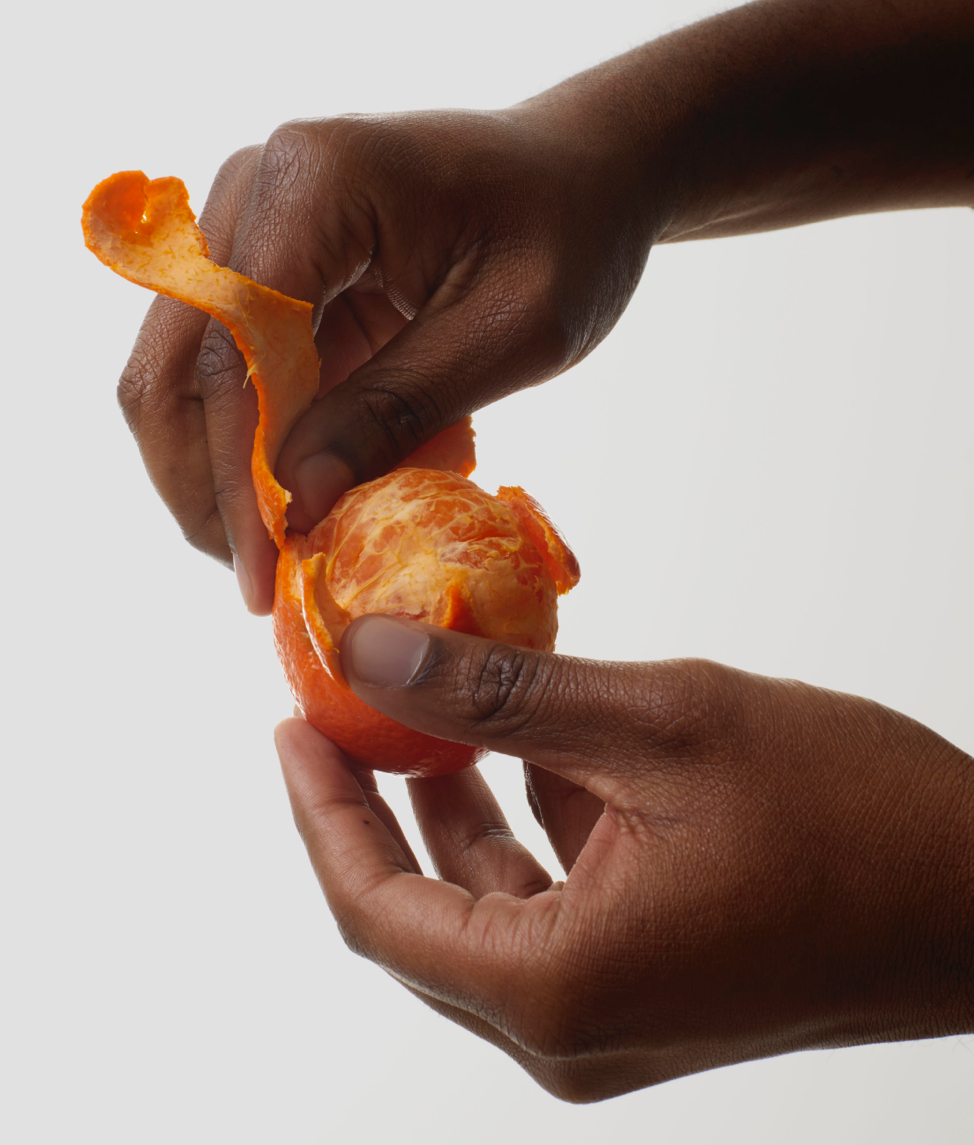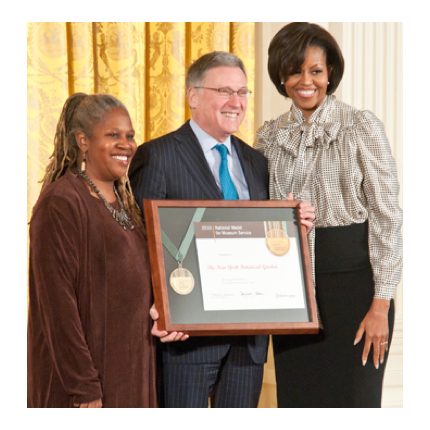Celebrating Black Innovation
Black creators are behind some of the most influential work in the worlds of architecture, industrial and product design, and food. Learn how their innovations have shaped your life.

Words: ENSEMBL
Stories that celebrate architecture, design, and food often do so with a Eurocentric lens. Our goal is to continuously learn more about creatives beyond that scope.
As February is Black History Month, we wanted to spend time specifically looking at Black creatives whose contributions to food and design have radically transformed the way we live.
What we share is by no means comprehensive, but we hope if offers inspiration, sparks your imagination, and, perhaps, lets you pause to think about the work these innovators have contributed.
Building Cultural Bridges Through Food
Before Mashama Bailey was a James Beard Award winning chef and staple name in the kitchen’s of NYC’s finest restaurants, she was a helping hand in the kitchens of her mother and grandmother. Growing up, Bailey split her childhood between the slow moving streets of Waynesboro, GA and the crowded apartments of New York City.
After devoting a decades long career to the art of French cooking, Bailey went on to become sous chef at Prune in Manhattan. In 2014, Bailey left Prune to found The Grey, with business partner John Morisano. Built in a formerly segregated bus station in Savannah, The Grey is Bailey’s newest culinary adventure, where she cooks southern classics and infuses them with elements of her European training.


Reinventing traditional African furniture for a new market
It wasn’t until Jomo Tariku was a design student at the University of Kansas that he realized how much African design was missing from American culture. “I’d go to the libraries and check out all these books about design, I didn’t see African or Black design anywhere in those magazines,” he said. It was then that Tariku had an idea: reinvent traditional African furniture for a North American market.
Since founding Jomo Furniture in 2017, Tariku has developed iterations of the three legged stools and chairs that he grew up around with modifications to improve functionality and aesthetic appeal.
Though his pieces are inspired by his home country, he keeps his materials local and sustainable. “I don’t do any exotic wood. I come from a country that has deforested heavily and I don’t want to contribute to that.”
Tariku’s simple, clean silhouettes and innovative philosophy have caught the attention of many North Americans, but it hasn’t been an easy journey.
“This is a very difficult journey in multiple ways, and that’s why it took 20-something years to get here. But I also want to show others there’s a huge business opportunity here.”
Using Design to Bring People Together
In highschool, Kamille Glenn planned to be an aerospace scientist. Good thing for the rest of us, her passion led her down a different path. Inspired by a class on industrial design, Glenn turned her attention from outer space to the spaces she lived in every day.
Today, she works in the interior design industry at Rockwell Group, working on multi million dollar hospitality and commercial projects.
She loves her job, but is also aware of the field’s shortcomings. “The thrill of working on multimillion dollar projects and going wild with design began to fade after a year or so, when I realized I wasn’t seeing people of color in the industry.”
The lack of representation led Glenn to found the Kinship Through Design event, hosted by The Designer’s Workshop. Presently, Glenn runs a clubhouse community of 400 strong Black designers and architects.
Ultimately, Glenn hopes to continue her work in the design space, bringing together people from varying backgrounds and perspectives to increase access to opportunity for all.


Using Food to heal New York
Karen Washington has always been a New Yorker, but her relationship with food in New York City has been a long and winding path.
After thirty-seven years in the American healthcare system, Washington recognized that there was not enough emphasis on disease prevention in her community. “I saw firsthand the relationship to food- and diet-related diseases and the impact it was having on marginalized communities of color.”
The realization led her to found Black Urban Growers and become involved with Farm School, two New York City initiatives that aim to support Black farmers and get healthy food into the hands of New Yorkers.
“Rosa Parks of Architecture”
Norma Sklarek (1926-2012) was known among colleagues as the “Rosa Parks of Architecture”. She broke barriers for women, graduating as the only black woman in her class at Columbia. She blazed trails for Black Americans as the first Black female architect in New York (1954) and California (1962), eventually going on to co-found her own architecture firm and sit on the board of the American Institute of Architects.
Sklarek is lauded for her work on iconic structures such as the Pacific Design Centre and the U.S Embassy in Tokyo. She was an advocate for human-oriented cities, believing that architecture “should be functional and pleasant, not just in the image of the ego of the architect.”


Chef, Sommelier, Cultural Innovator
Ashleigh Shanti is the chef, sommelier, and cultural innovator behind the dishes at Benne On Eagle (North Carolina). Born and raised in North Carolina, Shanti has been involved in the food industry her whole life. After spending a gap year in Kenya, she returned to the United States to attend culinary school.
During her time working in professional kitchens, Shanti developed an interest in merging the worlds of traditional African American dishes from the Southern Appalachians with the flavours and ingredients of other sects of the African diaspora.
To Shanti, food is a story. “African American people existed here,” she says of the hills around her. “I made it a goal to make sure those stories were heard.”
Intelligent Modifications Through Industrial Design
You may not be familiar with Chuck Harrison’s name, but you’re almost certainly familiar with his work. The renowned industrial designer was the first Black executive at Sears Roebuck and was responsible for a number of culture-defining inventions throughout the twentieth century, including the plastic garbage bin and an affordable View Master.
Harrison made a name for himself by paying special attention to the little things. One of his early inspirations was the clanging of metal cans on garbage day. His response to the nuisance was a plastic bin, which hit the market “with the biggest bang you never heard.”
His intelligent modifications improved more than 600 products over the course of his career, from hair dryers to hedge clippers. “If it doesn’t do what it’s supposed to do or look like what it does, then I frown on it,” said Harrison.
Before his passing in 2018, Harrison taught at the School of the Art Institute of Chicago and Columbia College Chicago, where he inspired generations of students.


The First Black MIT Student
Robert R. Taylor (1868-1942) was steeped in traditions of architecture and carpentry from early childhood. Born at a time when most Black Americans had only recently escaped the sentence of slavery, Taylor was gifted with a father who had already established himself as a leading businessman and builder in North Carolina.
By 1888, Taylor had been granted acceptance to MIT as the first black student the school admitted. There, he consistently earned honours designations in his classes and was potentially the first recipient of the school’s Loring Scholarship.
During a period of exceptional challenge and change for Black Americans, Taylor’s designs and impact as a teacher and mentor for Black students offered, “a sense of place and ownership for African Americans who had too little of everything” (Ellen Weiss, Taylor’s Biographer).
Taylor’s great granddaughter is the American businesswoman and Obama Whitehouse advisor, Valerie Jarrett.
More Stories
-
 17.11.2025 | News
Black Friday Sale - 45% off everything *including Stackware*
17.11.2025 | News
Black Friday Sale - 45% off everything *including Stackware*
Our biggest (and only) sale of the year is here. Over $460++ off cookware. 45% off everything.*
-
 05.11.2023 | News
Celebrating with Rolls-Royce
05.11.2023 | News
Celebrating with Rolls-Royce
Bringing design, innovation, sustainability, performance, luxury, and craftsmanship together.
-
 01.11.2023 | News
Utility Patent Granted
01.11.2023 | News
Utility Patent Granted
The ENSEMBL: Stackware Removable Handle has received a utility patent.
Free shipping on all North American orders.